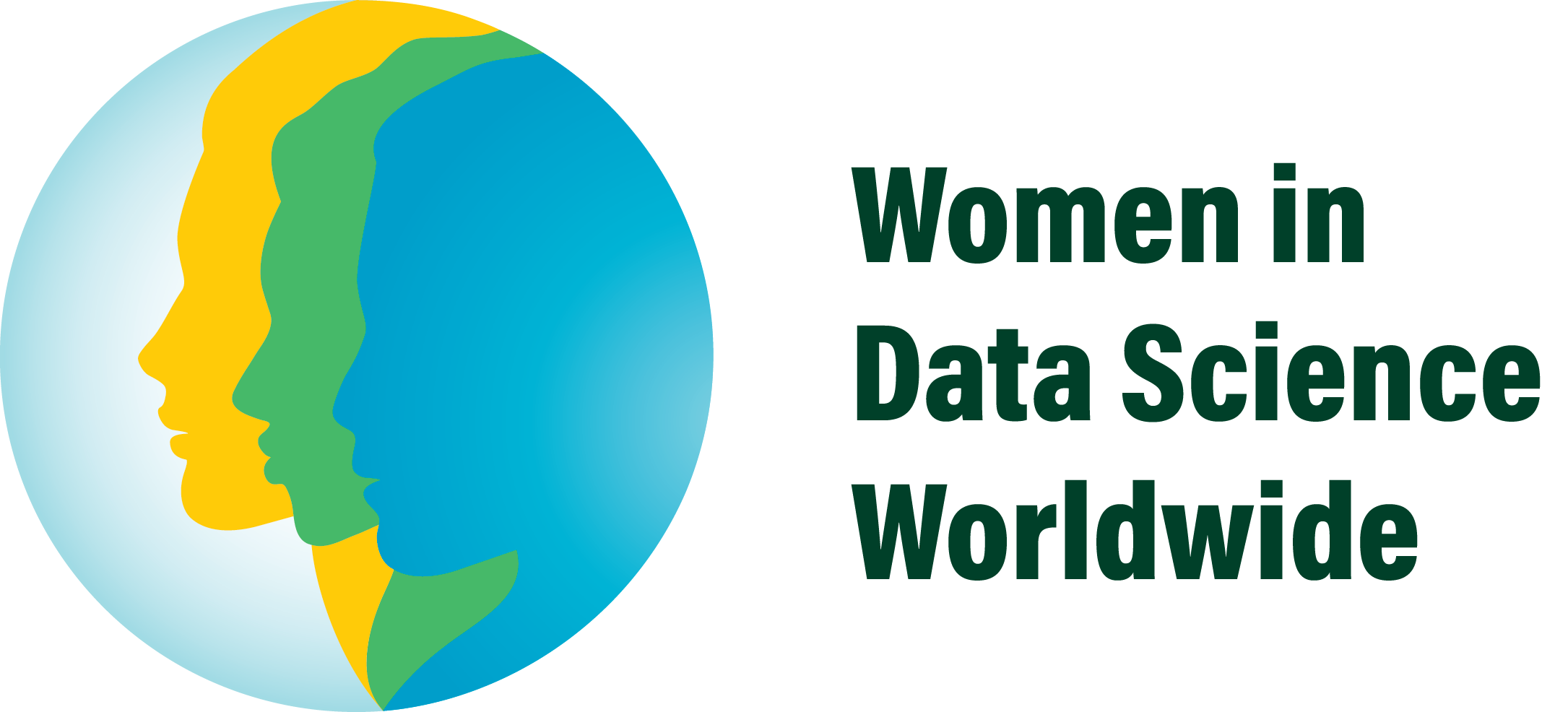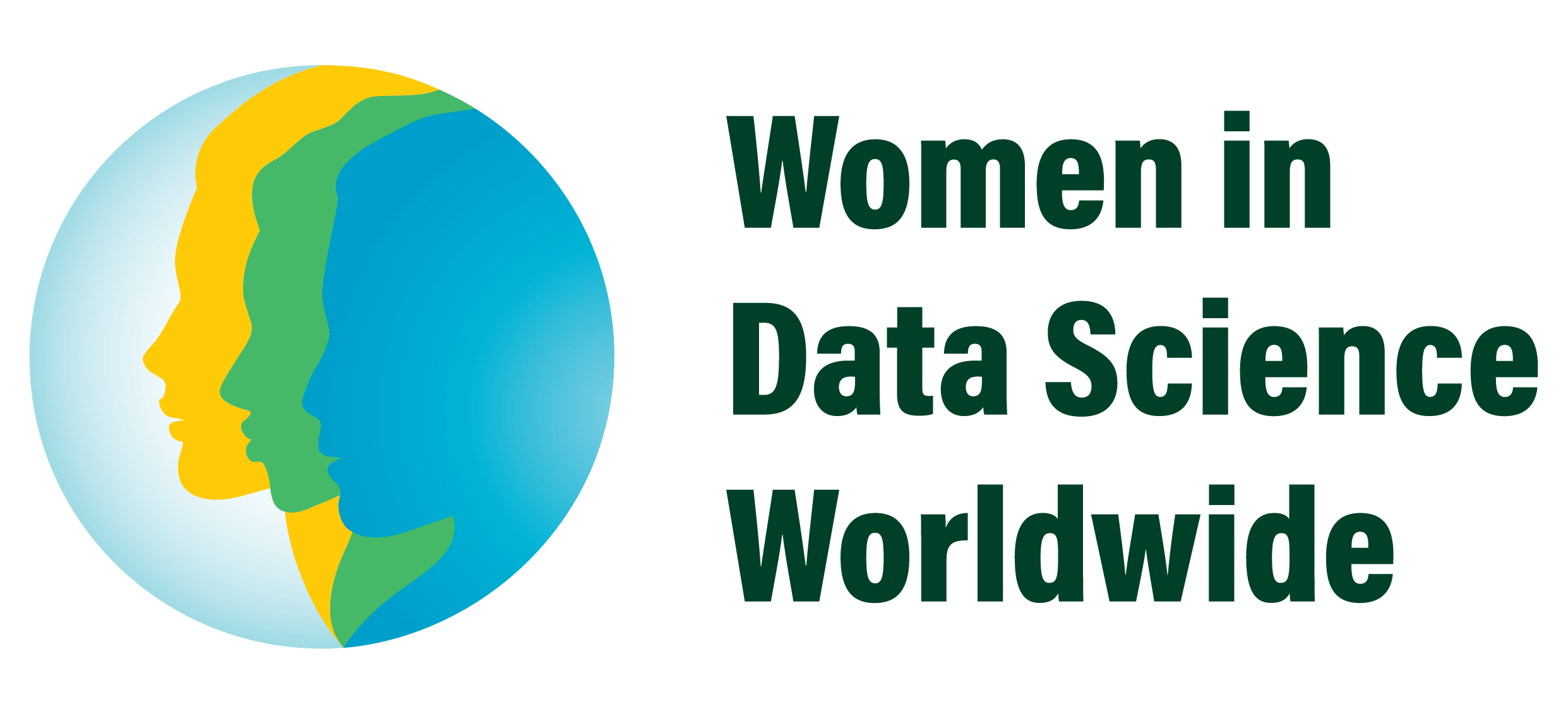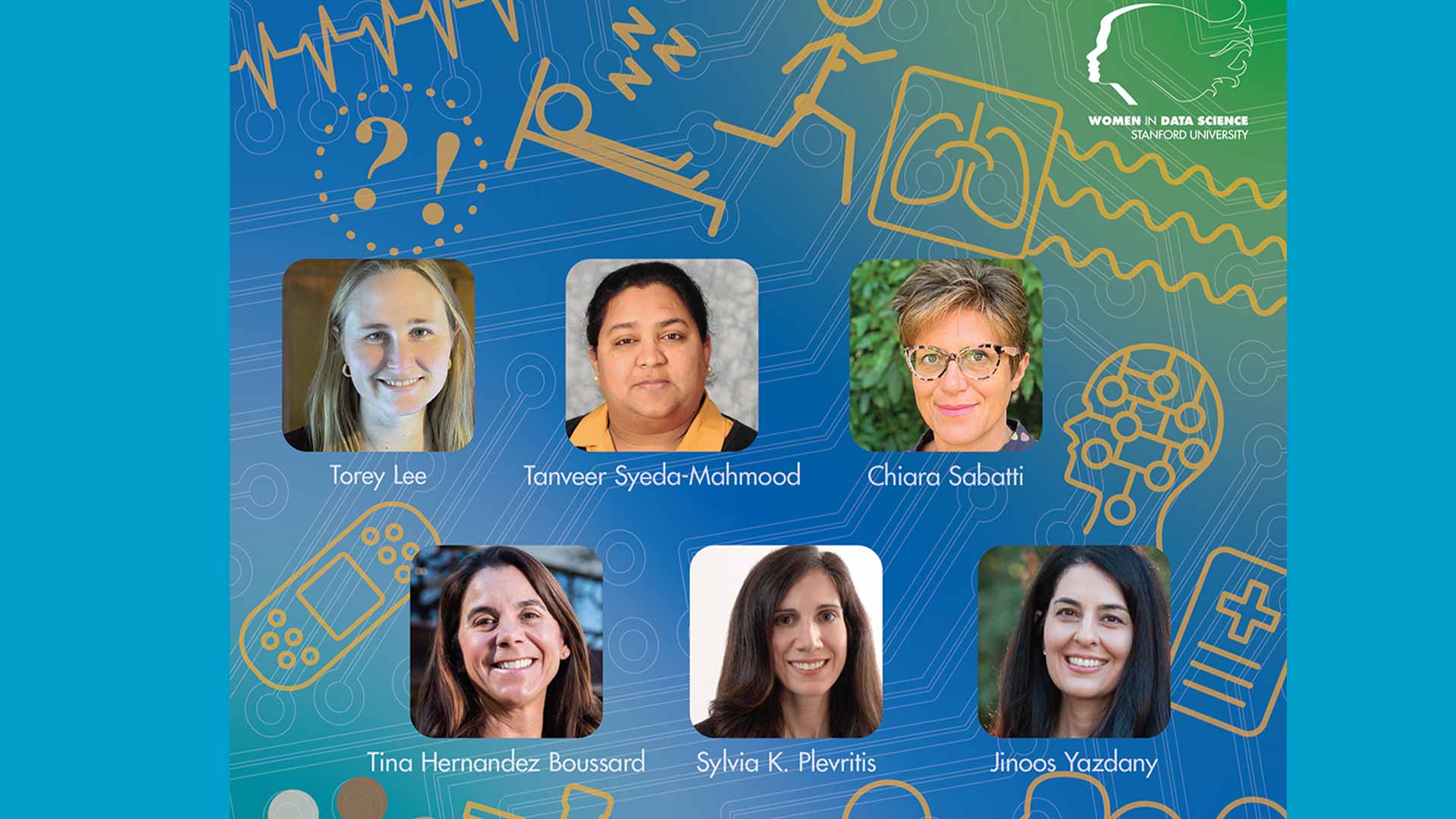Wearable devices are becoming an important tool for monitoring our health. Torey Lee, Senior Data Scientist at WHOOP, explains the many ways that wearables can be used for managing health. In her WiDS conference talk Using Wearable Data to Empower Individuals in Managing Their Health she describes the broad capabilities of wearable devices, explores a framework for detecting COVID-19 using an optical sensor, and tells the story about how wearable data empowered her father to advocate for a diagnosis of a mysterious illness. Wearable devices track daily metrics like heart rate, heart rate variability, and respiratory rate which provides a baseline to track any deviations. When this data is combined with data science, we can get insights into sleep and exercise, sedentary time, and signs of illness.
Artificial intelligence is helping radiologists improve the accuracy of reading x-rays. Tanveer Syeda-Mahmood, IBM Fellow at the IBM Research Center, discusses the role of AI in radiology in her WiDS conference talk, A Turing Test for Chest Radiology AI. She explains that chest X-rays are the most common imaging exams in hospitals and clinics, comprising 60 percent of X-rays in the US. They are also one of the hardest to interpret due to their low resolution in reflecting 2D projections of 3D volumes, and cognitive biases lead to interpretation errors. She describes her research into the accuracy of AI in reading X-rays, and how AI assistance with automated preliminary reads can expedite clinical workflows, reduce bias, and increase diagnostic throughput of radiologists.
Clear, precise reporting of scientific evidence may not always get the attention that it should. Chiara Sabatti, Professor of Biomedical Data Science and Statistics at Stanford University, talks about the importance of clear communication of scientific findings in her 2022 WiDS Conference talk Replication, Robustness, and Interpretability: Improving How We Communicate Scientific Findings. She says often scientists engage in data analysis before formulating precise hypotheses. She explains we must pay attention to the question, use the right tools to answer that question, and always convey the limitations of our conclusions. She reviews some classical approaches to quantifying the strength of evidence, identifies some of their limitations, and explores novel proposals.
The 2022 WiDS Conference also hosted a panel of three data science experts in Data Science in Healthcare: Opportunities and Challenges who discussed how data science, machine learning and AI are impacting healthcare. They outlined challenges such as the availability and diversity of data, understanding the context of the data, and the importance of including diverse populations in healthcare research. They described their career paths and recounted how mentors made significant impacts on their careers and the importance of mentoring others.
Tina Hernandez Boussard, Associate Professor in the Department of Biomedical Data Science at Stanford University, moderated the conversation and described her career path. She said her father was a Mexican farm worker and she really did not know what was possible until mentors in her undergraduate years opened up opportunities for her. In her work, she focused on how to use data to personalize treatments for different patient perspectives, goals, and values.
Sylvia K. Plevritis, Chair of Biomedical Data Science at Stanford University studies data-driven computational models of cancer biology, and cancer outcomes. Her research discovered that it’s effective to add MRI breast cancer screening for women who carry the BRACA mutation. She has found that her data science skills can be applied across multiple areas.
Jinoos Yazdany, Chief of Rheumatology at Zuckerberg San Francisco General Hospital is passionate about health equity and quality of care. She focuses on making care more equitable and standardized. She established a national registry with the American College of Rheumatology and uses data science, epidemiology, and biostatistics to understand health disparities and gaps in care.
Tanveer Syeda-Mahmood of IBM said father’s misdiagnosis in the ICU inspired to study how AI can be used to provide physicians with more information to help aid their decision making. She discussed the importance of recognizing bias and fairness in algorithms and says it’s vital to capture data from diverse populations to ensure we’re representing the broader population.
The opportunities to apply data science, machine learning and AI in healthcare are growing across multiple fields and applications. Our WiDS speakers reinforced the importance of ensuring the data represents all populations and that we strive for more equity in healthcare.
Related Articles:
Applying Data Science for Good
How Natural Language Processing is Changing How We Interact with Computers
How Data Science is Reshaping Financial Services


